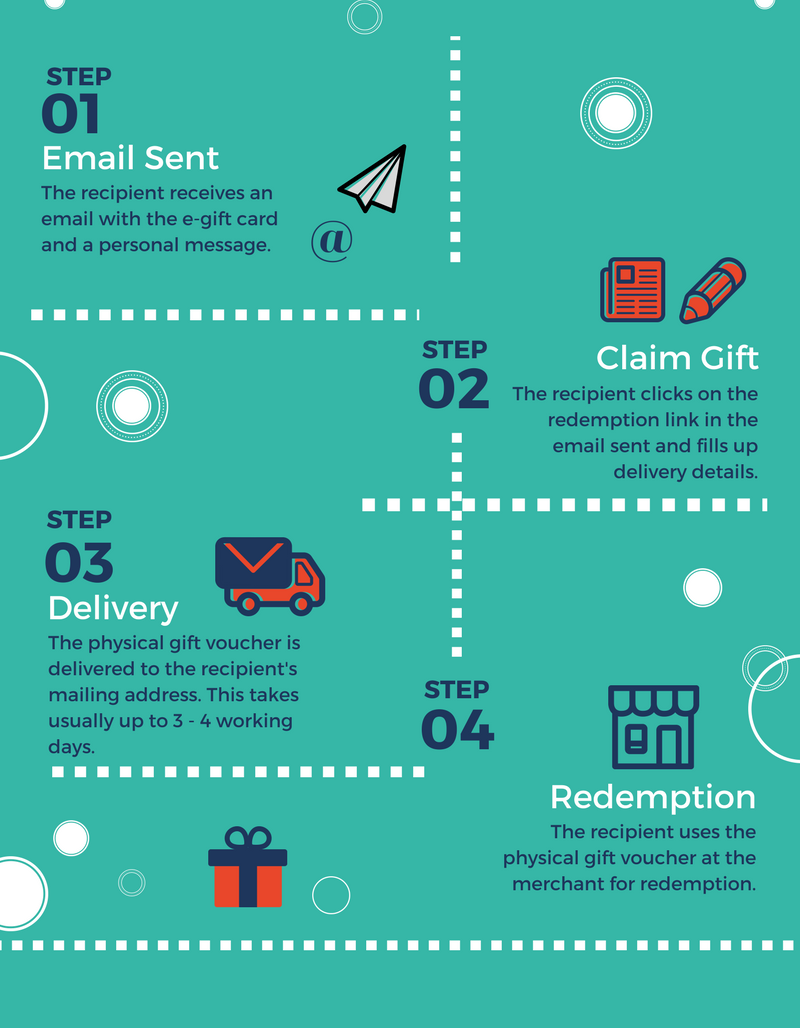Laser etching on glass can add vivid, individualized styles to a range of items. This flexibility is just one of the main benefits of laser innovation over other inscribing techniques.
Prior to you etch your glass items with the laser, understand a few typical issues that can develop. These suggestions will certainly assist you attain the very best outcomes possible.
Just How Laser Engraving Functions
Laser engraving is a preferred technique for etching and individualizing products. It is a procedure that can be carried out on a variety of products, including glass, wood and metal. Laser inscribing devices can generate very thorough designs, with great lines and precise cuts. Using this strategy, you can produce personalized awards and various other items that make sure to excite.
To achieve the preferred outcomes, first, you will certainly require to conceptualize the layout. This will assist you to determine what type of picture or message you want to etch externally. Then, you will require to convert your idea right into an electronic graphic. This can be made with visuals design software application, such as Adobe Illustrator or Inkscape, and afterwards saved right into a documents format that is compatible with your laser engraver.
When the etching files are prepared, it is time to begin preparing the product for laser noting. This can be done by applying a black mask that is created especially for laser use. The dark color of the mask shows laser light, and aids to minimize any type of warm that would certainly otherwise damage the surface.
Restricting Damaging
When the laser beam strikes the surface of glass it promptly warms the material up. The sudden heating triggers tiny cracks to the surface. The cracks and fractures produce the look of inscription, etching or frozen glass.
The varying compositions of different kinds of glass can influence just how the product reacts to the laser. It is essential to very carefully check your laser setups on an example item of glass before starting a job. Exact emphasis is additionally crucial for clean, consistent results.
To enhance the high quality of your inscriptions attempt making use of a dark paper to shield the glass from the laser. The specialized dark paper has a coating that absorbs the laser energy and allows the engraving to take place. The dark paper can be eliminated when the engraving is total. It is likewise suggested to utilize a lower resolution and minimize the amount of black in the graphics as this will help reduce micro-fracturing. A Jarvis dithering pattern can likewise be put on the graphic in the laser chauffeur settings to randomize and separate the dots of the design and further decrease the amount of micro-fracturing.
Preparing the Surface
Laser marking on glass and plastic supplies a wide range of functional uses, from item traceability (like day codes or whole lot numbers) to 3D noting within the product itself. It's likewise utilized for decoration and design in industries like the automotive, food, and telecommunication fields.
Obtaining excellent arise from laser inscription on glass depends partially on the preparation of the surface. Maintaining the material tidy of dirt and oil assists the laser permeate deeper and better. Masking the surface area with a paper towel or paper a little larger than the etching location can likewise decrease the effects of heat on huge locations, assisting to reduce breaking and enhance overall engraving top quality.
Style and laser control software application can also influence just how well the procedure works. Programs like Adobe Illustrator or Corel Attract aid you produce and modify your layouts while programs like LightBurn or LaserGRBL regulate the laser's settings.
Starting
Laser inscribing on glass is rapid and efficient, creating a premium appearance that enhances items and enhances brand identity. While some might watch out for dealing with this delicate product, a little time and persistence will aid make sure stunning results.
Making use of an industrial laser, you can add attractive patterns, messages, or customized designs to things like drinking glasses, containers, pitchers, and more. The procedure is non-contact, decreasing the risk of damage even on bent or delicate surfaces.
To maximize laser performance, you'll want to invest a long time experimenting with the setups for your specific equipment and glass type. Refining these setups will decrease energy usage, enhance total etching quality, and lower the possibility of mistakes or damage. For example, you can boost the resolution and decrease the black degree of sympathy engraved candle holder your graphics to use much less laser power. Similarly, utilizing a Jarvis dithering pattern will divide and randomize the dots in your graphics to further minimize laser heat use.
